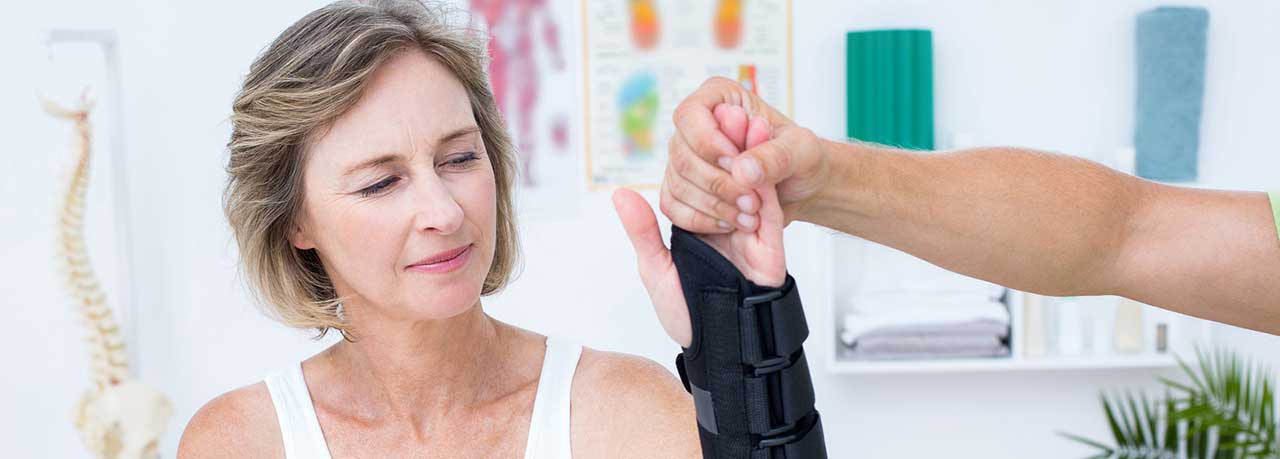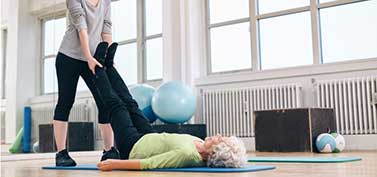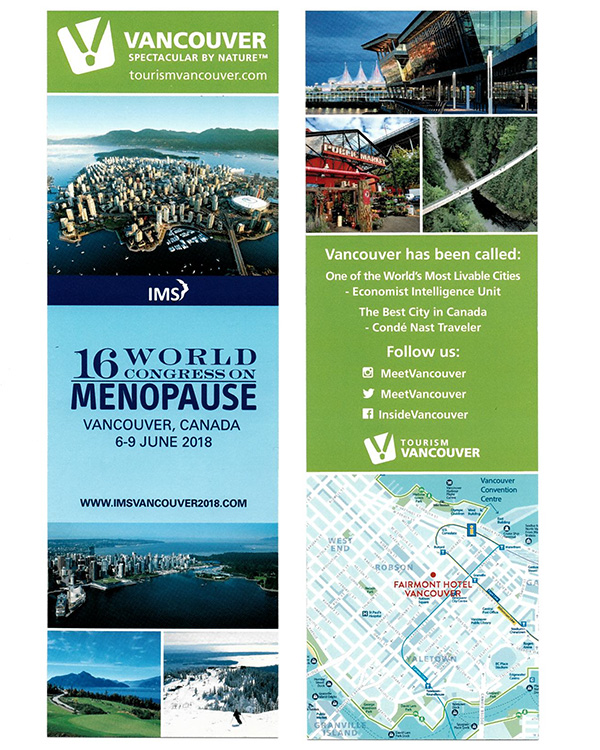Many people are aware of osteoporosis,
which is a condition of low bone mineral
density leading to weakened bones and increased bone breaks. Because the bones are fragile, they can break with a small bump or sometimes even sneezing. One in three women will break a bone due to osteoporosis.
However, treating osteoporosis alone is not enough, because 1/6 of people with “fragility fractures” (or fractures that occur with less force than usual) have a normal bone mineral density. Bone specialists are now urging us to start assessing for “Fracture Risk
Syndrome” or “Dysmobility Syndrome,” rather than just osteoporosis.
It is analogous to treating “Metabolic Syndrome” to avoid heart attack.
Doctors don’t just concentrate on the heart on its own, but manage blood pressure, diabetes, obesity, cholesterol
and smoking to give people the best chance of avoiding heart disease.
So, beyond bones themselves, other factors that contribute to fractures are: muscle loss (sarcopenia), diabetes, obesity and falls.
Sarcopenia is age-related, gradual loss of muscle mass and strength. It happens to men and women. Muscles pull on the bones every time they
contract; this strengthens bones
over time. So as muscles shrink, there is less pull on the bone and less
maintenance of bone strength.
Being overweight has traditionally been thought to protect a person from osteoporosis. Though this still remains true, both obesity and diabetes negatively
affect bone architecture in ways not yet fully understood. Obese people are at specific risk for ankle and upper leg fractures.
Falls are the most common cause of injury in people over 65. Risk factors for falling include: increasing age, muscle weakness, history of previous falls, problems with balance, vision problems, arthritis, lack of physical activity, Parkinson’s disease and poor bladder control.
Here are a few things that people on their own to prevent falls and broken bones:
1. Exercise regularly. Strength training with weights or resistance bands once or twice a week is particularly good for your bones. Tai Chi is excellent for improving balance and yoga is helpful for keeping your core strong.
2. Optimize your nutrition. Men and women need more protein as they age to help prevent muscle loss. Older adults may need up to 1g of protein per kg of body weight. Women over age 50 should aim for 1200 mg of Calcium and 1000 IU of Vitamin D per day. Be careful, because taking more than the recommended dose of Vitamin
D can actually cause more falls.
3. Minimize caffeine, alcohol and certain
medications. Too much caffeine
decreases your body’s ability to absorb
calcium, which helps keep your bones strong. Alcohol is associated with more falling. Medications that cause drowsiness or dizziness like narcotics and blood pressure medications, among
others, can also lead to more falling.
4.Treat any visual problems. See an optometrist at least every two years
continued on the back page...
for routine screening. Do not walk with your bifocals on, because that can make going up steps quite tricky.
5. Wear good footwear and address any foot problems. Low heeled shoes with non-slip soles decrease the risk of falling. Consider getting traction cleats or ice grippers for your shoes, like “Yaktrax,” in the wintertime. See your doctor if you have painful feet or are losing feeling in your feet.
6. Modify your home environment. You can find a home safety checklist at www.livestronger.org.nz to decrease tripping hazards and to improve your ability to get around your home. You can also be referred by your doctor to an Occupational Therapist who can assess your home for you.
7. Get screened for osteoporosis at age 65 or sooner if you have risk factors. Osteoporosis risk factors include: smoking, having a parent with osteoporosis, being underweight,
having menopause before the age of 45, using certain medications long term (like steroids, Depo-Provera,
etc.) or having certain health conditions (like rheumatoid arthritis, hyperthyroidism, hyperparathyroidism, Crohn’s or celiac disease).
With a little bit of foresight, fractures are almost entirely preventable. Keeping
your muscles and bones strong and avoiding falls will help you stay
independent for as long as possible.
Please visit the following websites for further information:
www.livestronger.org.nz for ways to prevent fracture
www.osteoporosis.ca for a dietary
calcium calculator, fracture risk
assessment and more information
on treating osteoporosis
https://www.saskatoonhealthregion.ca/locations_services/services/Falls-Prevention/ for local resources to help prevent falls








